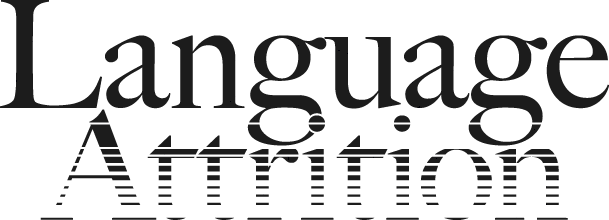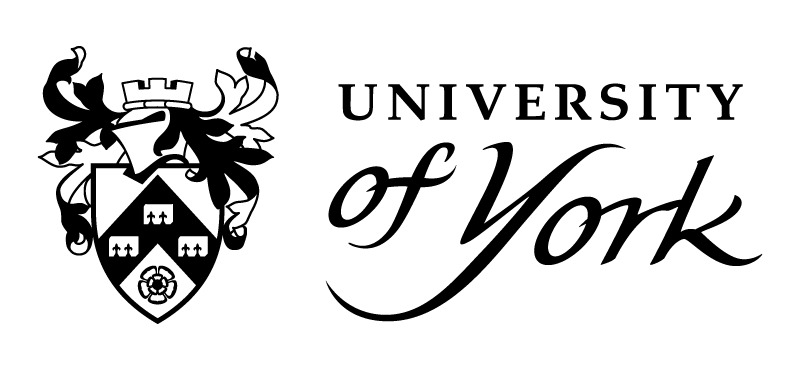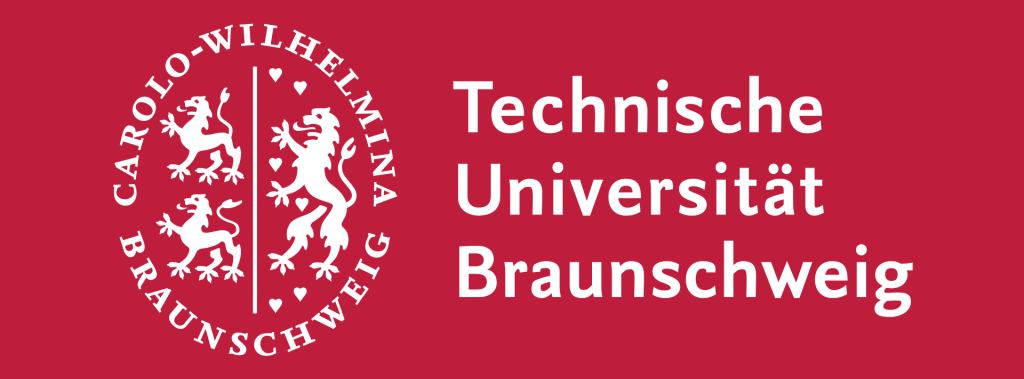Modelling bottom-up and top-down linguistic knowledge across different contexts of bilingual development
Most of what linguists know about language derives from studies of (idealized) monolingual speakers, yet more than half of the world’s population is (and always has been) bilingual or multilingual. This implies that the human capacity for language, by default, must include the capacity to acquire, accommodate, maintain and manage more than one linguistic system.
The BILDEV project systematically models the relative contributions of learner-internal factors (e.g. age) and learner-external environmental factors (e.g. input frequency) in language acquisition, maintenance and processing.
We proceed from the premise that language development and processing is driven by two phenomena: how frequently any given linguistic structure is encountered (bottom-up processes) and to what extent it is rule-based (top-down processes), but that the balance of these two drivers varies across contexts and across individuals. Unpacking the relative contribution of frequency vs. rules at different ages and stages of development will allow for a better understanding and a more accurate model of the bilingual mind.
The BILDEV project is a partnership between researchers at the University of York (UK), TU Braunschweig (Germany) and Université de Toulouse 2 Jean-Jaurès (France).
BILDEV is funded through the Open Research Area by the ESRC (UK), DFG (Germany) and ANR (France), and runs from July 2023 to July 2026.




